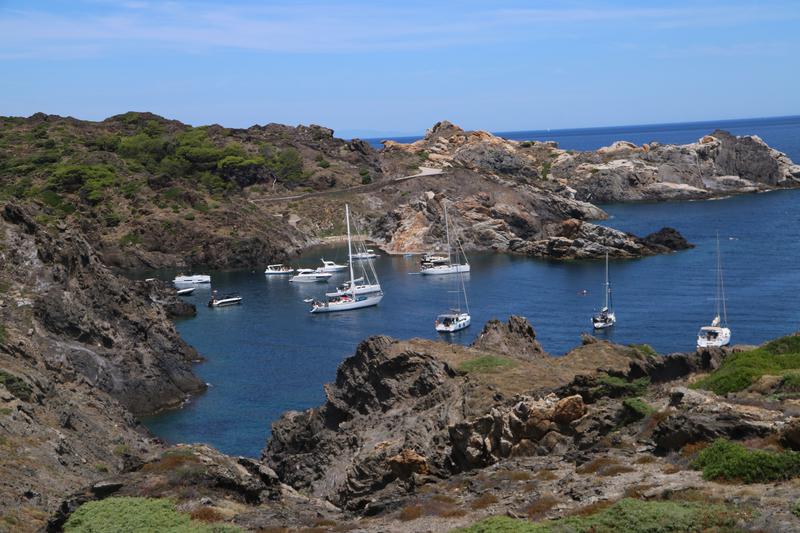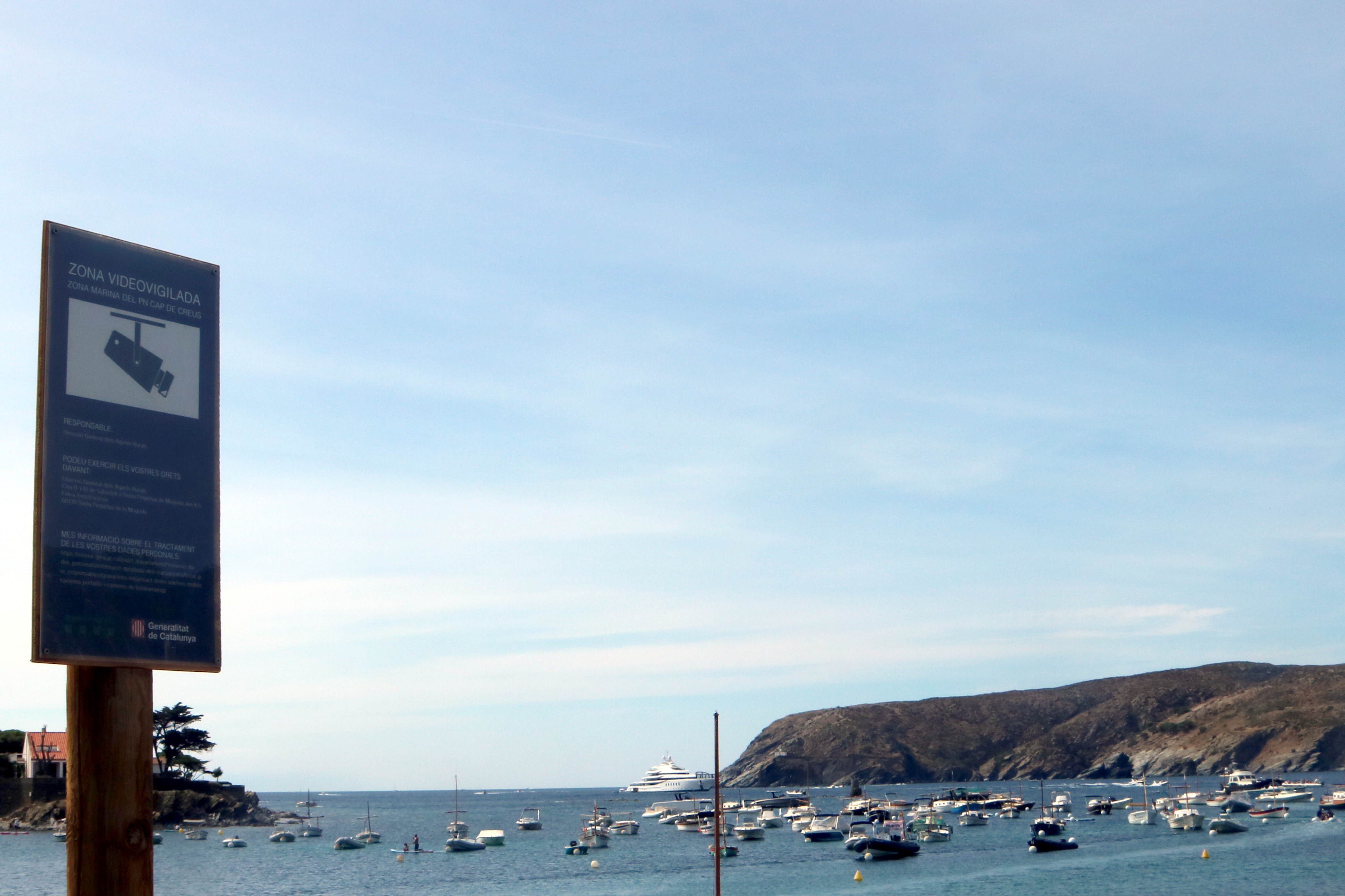Two AI-powered security cameras installed at Cap de Creus
Pilot project aimed at monitoring protected natural areas with a large influx of people

Two security cameras equipped with artificial intelligence have been installed in Cap de Creus, the rugged coastal area of the far north of the Costa Brava, to ensure that regulation of natural spaces is complied with.
The regulations have been in effect since this summer and limit the activities that can be carried out at sea.
The Secretary of Telecommunications and Digital Information, Albert Tort, said this was a pilot project to monitor natural areas with a large influx of people. “It allows us to monitor protected areas 24 hours a day, and it allows us to increase surveillance coverage.”
The cameras send alerts in different cases, for example, when a boat enters restricted areas. If the test works, the system will be extended to other protected natural spaces.

The regulations set a maximum limit for diving and recreational fishing companies that can operate in the area, while boat parties and jet skis are prohibited, with the exception of companies authorized to give guided tours and residents registered in the municipalities included in the park.
The regulation covers 3,000 marine hectares that have a high biodiversity, with three partial nature reserves. However, there is a high human presence in the area, especially coinciding with the high tourist season in the summer months.
Given the difficulty of monitoring the extensive protected marine area, authorities have initiated this pilot test with two high-resolution video surveillance cameras with night vision.
Surveillance "by land, sea, and air"
The director of the Rural Agents, Elisenda Pérez, explained that since the pandemic, they have detected an "exponential increase in visits and use of protected natural spaces in Catalonia."
Therefore, authorities have "doubled" surveillance in these areas, while also looking for other options to be "more efficient and effective" in controlling them. In Cap de Creus, the Rural Agents now carry out surveillance "by land, sea, and air."
"We have marine support, drones, and helicopters and now, with the cameras, we will be able to have more resources to reach places that currently cannot be reached," she explained.